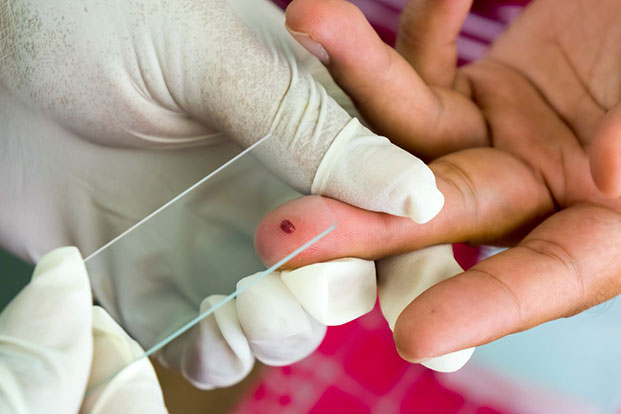Diagnosis of Malaria
Apr 19, 2022
Malaria is one of the major health issues that India faces. According to a latest WHO report 1 in every 7 Indians faces the risk of suffering from malaria. It also states that India along with Pakistan and Ethiopia accounts for 80% of the malaria incidences in the world. The National Vector Borne Disease Control Programme (NVBDCP) highlights that 138 million people who doctors suspected to have malaria in the country, 1.102 million were confirmed cases. Along with the threat of Malaria, the county also faces the threat of antibiotic resistant strains of malaria. Hence it is important that Malaria is detected, diagnosed and treated at the right time. It is also important that specialised and timely treatment is provided to the patients.

Clinical Presentation of Malaria:
The clinical features of malaria are non-specific and the diagnosis must be suspected in anyone returning from an endemic area who has features of infection. The infection causes due to P. falciparum is the most dangerous of the malarias and patients are either ‘killed or cured’. The onset is often insidious, with malaise, headache and vomiting. Cough and mild diarrhoea are also common. The fever has no particular pattern. Jaundice is common due to haemolysis and hepatic dysfunction. The liver and spleen enlarge and may become tender. Anaemia develops rapidly, as does thrombocytopenia.
A patient with falciparum malaria, apparently not seriously ill, may rapidly develop dangerous complications.
Cerebral malaria is another type of malaria that is manifested by confusion, seizures or coma, usually without localising signs. Children die rapidly without any special symptoms other than fever.
Pregnancy and Malaria
Immunity is impaired in pregnancy and the parasite can preferentially bind to a placental protein known as chondroitin sulphate A. Abortion and intrauterine growth retardation from parasitisation of the maternal side of the placenta are frequent. Previous splenectomy increases the risk of severe malaria.
- vivax and P. Ovale infection
In many cases, the illness starts with several days of continued fever before the development of classical bouts of fever on alternate days. Fever starts with a rigor. The patient feels cold and the temperature rises to about 40oC. After half an hour to an hour, the hot or flush phase begins. It lasts several hours and gives way to profuse perspiration and a gradual fall in temperature. The cycle is repeated 48 hours later. Gradually, the spleen and liver enlarge and may become tender. Anaemia develops slowly. Relapses are frequent in the first 2 years after leaving the malarious area and infection may be acquired from blood transfusion.
- malariae Infection
This is usually associated with mild symptoms and bouts of fever every third day. Parasitaemia may persist for many years, with the occasional recrudescence of fever or without producing any symptoms, Chronic P. Malariae infection causes glomerulonephritis and long term nephritic syndrome in children.
Diagnostic Testing for Malaria:
- Malaria should be suspected and excluded in all persons with fever who have travelled to an endemic area within the previous year.
- Diagnosis is made by visualization of parasites on Giemsa-stained thick blood smears. Smears should be obtained during febrile episodes to maximize parasite yield.
- Rapid diagnostic test targeting antigens common to all Plasmodium species as well those specific to falciparum are available but should be confirmed with microscopy.







